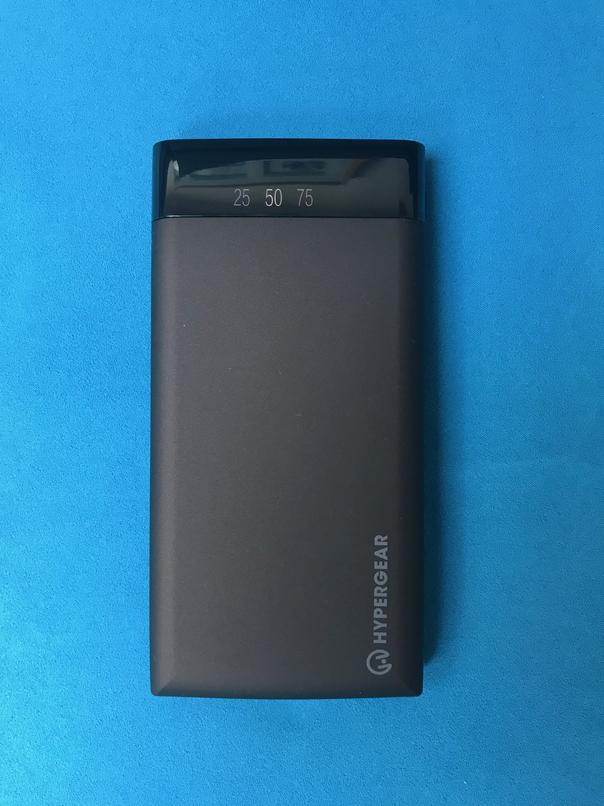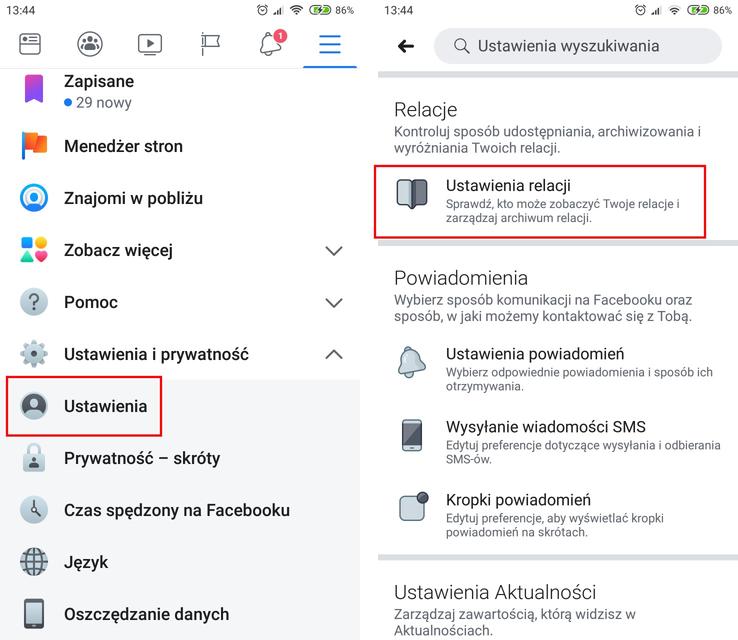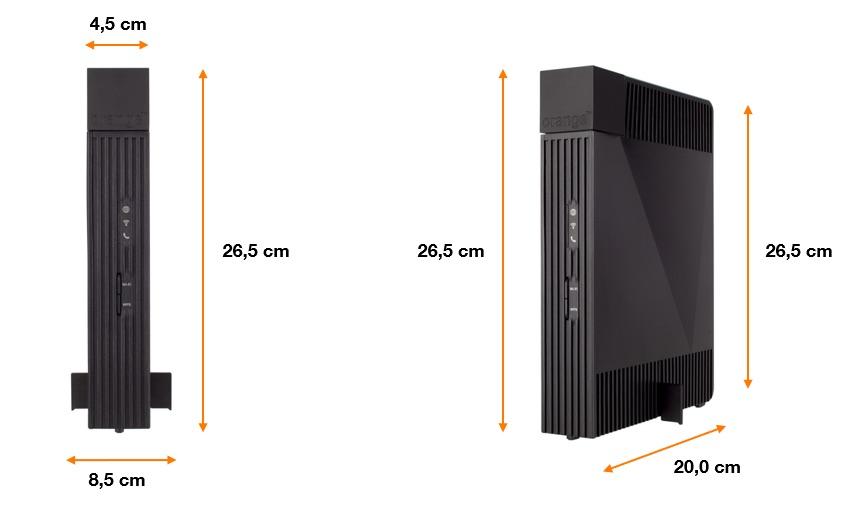5G technology brought the promise of "Internet of Things" (internet of things, in short IoT).Miniature sensors can be placed on various objects to communicate with each other (and us).However, communication via radio waves requires a source of energy.
It turns out that you can use radio waves to provide information and power supply at the same time.This principle is used in RFID (Radio Frequency Identification) technology.We meet, for example, in access cards or stickers protecting more valuable products in stores against theft.RFID chips derive power from the transmitters antennas.
But you can also do without broadcasting radio waves.They are present almost everywhere.They are still sent by television, radio transmitters, WiFi routers.This is not a very abundant source of energy - but it is free and does not require sockets or cables.
[ Komunikat: kliknij tutaj prawym przyciskiem myszki, jeśli chcesz usunąć promowany tekst ]Żegnamy się z kablami? Teoretycznie już mogłoby ich nie być, ale...
Everyone can print an antenna collecting energy from the air
Scientists from the Georgia Institute of Technology, Nokia Bell Labs and Heriot-Watt University managed to achieve a way to easily use radio waves in the 5G band, i.e. 24/28 GHz (Gigahertów).Thanks to their idea, you will only need one transistor instead of many.
- Our groundbreaking achievement consists in communication in the 5G band, i.e. millimeter wavelengths.You need one millimeter transistor for this, the rest of the electronics can still work at lower frequencies, such as in the mobile network or WiFi devices - explains Ioannis Kimionis, author of the work published in "Nature Electronics", PhD student Georgia Tech also working in Nokia Bell Labs.

Most interestingly, the solution is so simple that you can print them on a 3D printer.This reduces production costs and will allow amateur antennas to produce antennas at home.
[ Komunikat: kliknij tutaj prawym przyciskiem myszki, jeśli chcesz usunąć promowany tekst ]Kto się boi sieci 5G? Nie chodzi o teorie spiskowe, tylko o wielką politykę
This method can be combined with another recent invention developed at the university.It is a special design of antennas that collects radio waves like a lens (it is also called Rotman's lens from the name of her inventor).The team managed to develop such antennas operating in the field of millimeter waves, i.e. 5G.
5G network as a source of free power supply for electronic devices
Milimeter waves are shorter than other radio waves, so they carry more energy with them.However, the shorter the waves, the harder it is to collect them.This usually requires special constructions containing diodes (this is the so -called.rectifier antennas) and precise directing to the source of the wave.The method developed on Georgia Tech solves this problem.In March this year, researchers demonstrated that their antenna allows you to collect more than 20 times more power than traditional antennas.
What will it be useful for?Thanks to both discoveries, it will be possible to supply integrated circuits placed in small labels or stickers.The packaging will even be able to inform us (or intelligent refrigerators) that the shelf life of a given product ends.Intelligent labels will also be extremely helpful in transport or logistics.But you will also be able to create intelligent sensors useful in medicine that will not require power.
Perhaps you will also be able to charge the phone without connecting it to the charger - using the 5G network waves from the environment.- I conducted research on collecting energy [from radio waves] for at least six years and for most of this time it seemed that this way would not be used - said Jimmy Hester, one of the authors of the invention.
[ Komunikat: kliknij tutaj prawym przyciskiem myszki, jeśli chcesz usunąć promowany tekst ]Zachód nie chciał 5G od Huawei, więc koncern zajął się hodowlą świń
The problem was that existing regulations limit the power of mobile network wave transmitters for safety reasons.- The 5G network has turned out to actually work and we managed to demonstrate it.It is very exciting that we will be able to get rid of the batteries from the sensors - he added.
The American army probably can't wait for it - the research project was financed partly in the research laboratory of the American Air Force.
Sources: Nature Electronics, Georgia Tech [1] and [2].


